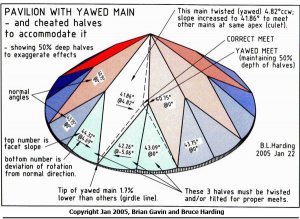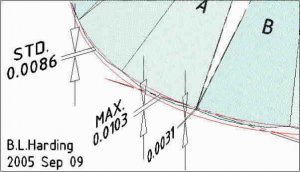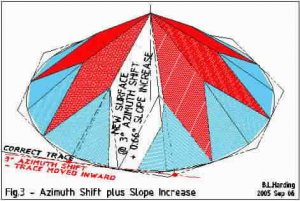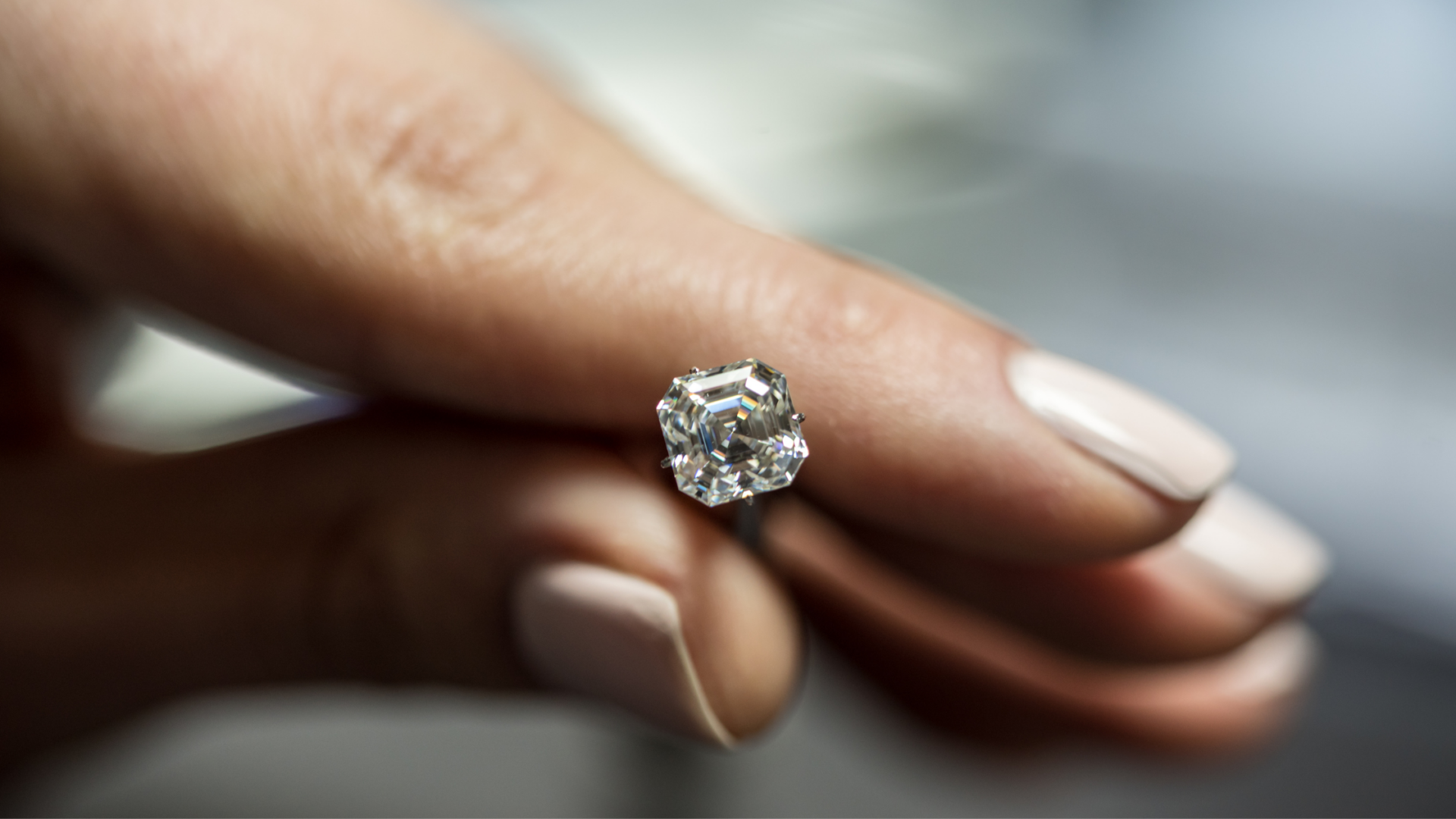- Joined
- Feb 26, 2003
- Messages
- 379
>I do not mean to intrude in the 'scanner' discussion with these comments so it will be one post and out.
Michael, perhaps if you have comments you will bump either the minor facet thread - or Beryl's azimuth shift/yaw thread? John
The way the forum ages a thread, bumping an old thread does not keep it current very long. These posts seem aged to the back of the bus, so I'll start a new topic. MDC
> here is one set of prior illustrations: minor facet thread page 4 Another set, explaining how his/Paul's observations relate to analysis: minor facet thread page 5. John
I just read these threads and received a very clear and concise, one page, explanation from Bruce at https://www.pricescope.com/community/threads/azimuth-shift-yaw.33257/ .
I now understand the facet twist that is referred to as yaw. As I understand it, what Brian and John call yaw is basically an index 'cheat' or azimuth shift followed by a compensating slope change, so that the facet 'meet points' are maintained. Very clever move, and hard for a scanner or optical comparator to detect, except by girdle measurements. I presume it is done to dig a facet to remove some imperfection or to get a stubborn facet to polish on a 2 or 3-point diamond.
Do Helium’s, Sarin’s or OGI’s scanner software use girdle measurements along with slope measurements to accurately determine the correct slope and azimuth of twisted facets such as these?
Does everyone have the same opinion concerning the impact on diamond beauty or light performance caused by such a twist? It would seem that unless compensating twists were made in opposing facets, the arrow pattern would be disturbed.
Do optically symmetric H&A diamonds have twists that are compensated for and thus not noticed? If the light performance is not affected, does it matter, and what amount of twist would be apparent or materially impact light performance?
What say everyone?
Michael Cowing
Michael, perhaps if you have comments you will bump either the minor facet thread - or Beryl's azimuth shift/yaw thread? John
The way the forum ages a thread, bumping an old thread does not keep it current very long. These posts seem aged to the back of the bus, so I'll start a new topic. MDC
> here is one set of prior illustrations: minor facet thread page 4 Another set, explaining how his/Paul's observations relate to analysis: minor facet thread page 5. John
I just read these threads and received a very clear and concise, one page, explanation from Bruce at https://www.pricescope.com/community/threads/azimuth-shift-yaw.33257/ .
I now understand the facet twist that is referred to as yaw. As I understand it, what Brian and John call yaw is basically an index 'cheat' or azimuth shift followed by a compensating slope change, so that the facet 'meet points' are maintained. Very clever move, and hard for a scanner or optical comparator to detect, except by girdle measurements. I presume it is done to dig a facet to remove some imperfection or to get a stubborn facet to polish on a 2 or 3-point diamond.
Do Helium’s, Sarin’s or OGI’s scanner software use girdle measurements along with slope measurements to accurately determine the correct slope and azimuth of twisted facets such as these?
Does everyone have the same opinion concerning the impact on diamond beauty or light performance caused by such a twist? It would seem that unless compensating twists were made in opposing facets, the arrow pattern would be disturbed.
Do optically symmetric H&A diamonds have twists that are compensated for and thus not noticed? If the light performance is not affected, does it matter, and what amount of twist would be apparent or materially impact light performance?
What say everyone?
Michael Cowing
















300x240.png)